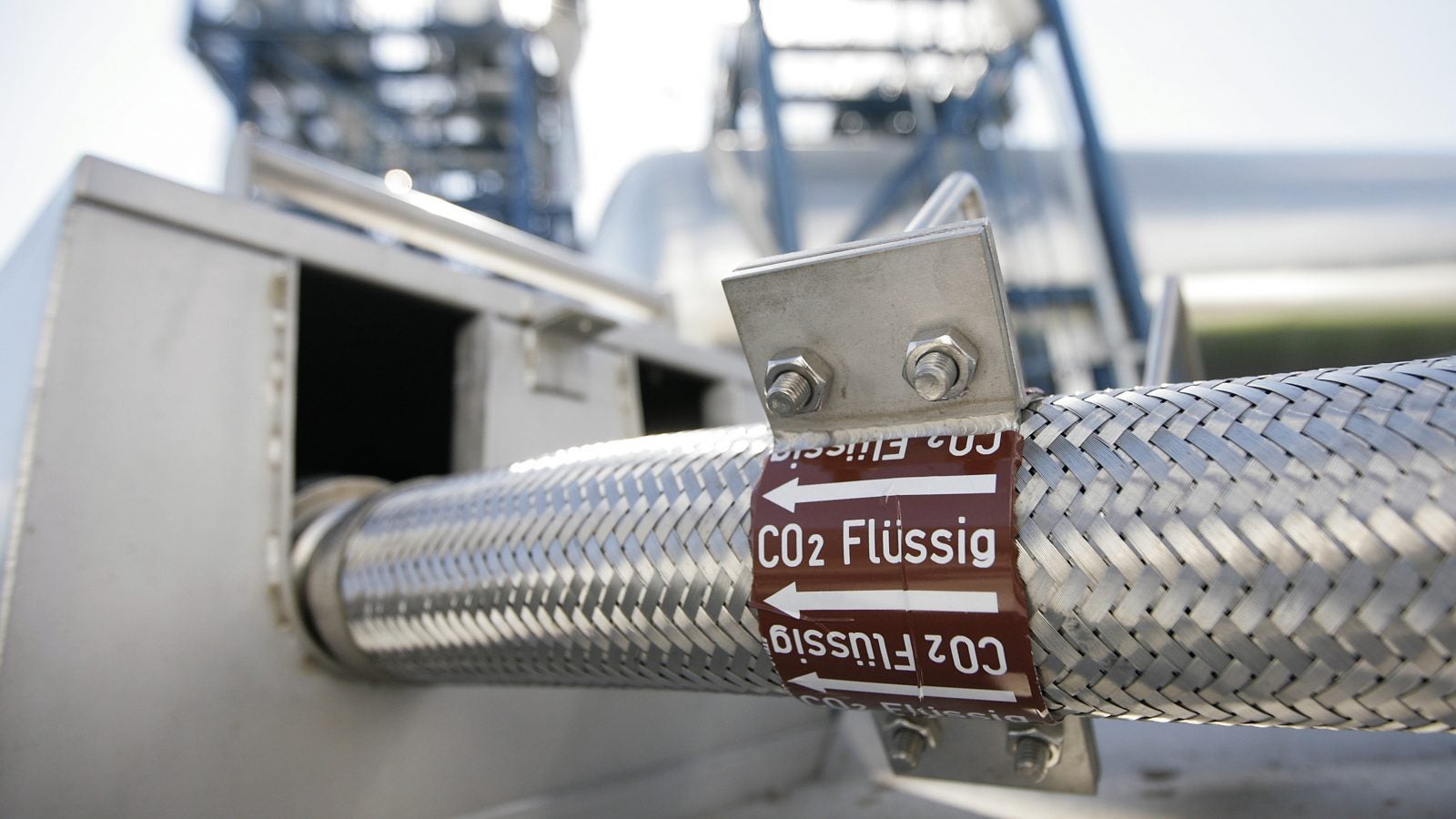Why we’d all love Donald Trump’s “clean coal,” and why we can’t have it
“There is a thing called clean coal. Coal will last for a thousand years in this country,” said Donald Trump, the US Republican presidential candidate, at the debate on Oct. 9. Trump had been asked how to meet the country’s energy needs while protecting jobs in the sector. But what is ”clean coal,” and what role does it have in the future energy mix?


“There is a thing called clean coal. Coal will last for a thousand years in this country,” said Donald Trump, the US Republican presidential candidate, at the debate on Oct. 9. Trump had been asked how to meet the country’s energy needs while protecting jobs in the sector. But what is ”clean coal,” and what role does it have in the future energy mix?
Firstly, so-called “clean” coal is not a thing, it’s a process.
Coal is the most polluting form of fossil fuel, but it can be burned in such a way that the carbon dioxide it releases doesn’t enter the atmosphere. That process is called carbon capture and storage, or CCS. Coal is abundant, it’s cheap, and there are both workers and whole societies that rely on it. So there’s an incentive to use CCS, both to keep jobs going and to limit the environmental damage from coal plants that already exist.
The problem: cost.
There are three main ways of going about CCS. The first ”scrubs” the carbon dioxide from the emissions of coal plants, pumps it away, and sequesters it underground. The second uses a chemical process to remove CO2 from the coal first, and turn the fuel into a synthetic gas, which is then burned in a turbine. The third burns the coal using nearly pure oxygen instead of regular air, which is four-fifths nitrogen. Without the nitrogen, burning produces less total gas—making it easier to compress and purify—and much less nitrous oxide, another greenhouse gas.
All three processes are expensive, and the coal industry is poor. Coal prices have been falling for years, in part because of environmental regulation, but mainly because of the rise of alternatives.
During the debate, Trump went on to say: ”Now we have natural gas and so many other things because of technology…Over the last seven years we have found tremendous wealth right under our feet.” Indeed—and that’s the main reason for coal’s decline. The development of shale gas extraction technology has given the US abundant gas supplies. It no longer needs to buy, mine, or burn so much coal. Coal prices have slumped worldwide as a result.
The coal industry is in a bind. It can’t pass on the cost of retrofitting plants with CCS technology to customers without hiking prices. But it also can’t justify—or raise the money for—such huge projects on the back of its ailing business.
CCS has been called both an environmental savior, and a monumental distraction from newer technologies which don’t involve producing carbon in the first place. Wind and solar are also expensive compared to fossil fuels, but their costs are coming down.
The same can’t be said for CCS. McKinsey, a global consultancy firm, looked back last year at some energy market predictions it made in 2007. In the 2015 report, it wrote, “we were too bullish on carbon capture and storage (CCS), a way to make the burning of coal much cleaner. High costs and technical difficulties have slowed adoption. Today, only 13 CCS projects are in operation, and others have been canceled or delayed—4 in 2013 alone.”
Goldman Sachs also said that CCS was stalling. In a 2014 report (pdf) the bank predicted that only one thousandth of global installed coal capacity will be fitted with CCS by 2020.
If carbon capture and storage worked, it would be brilliant for lots of reasons—helping the millions of people globally who still don’t have electricity, while mitigating the harm done by the mountains of coal still being burned worldwide.
This year, one Texas plant which uses the technique of scrubbing and then burying CO2 will open. But another flagship project in Mississippi has seen its budget balloon from $1.8 billion to $6.2 billion and, long overdue, still isn’t finished. ”Clean” coal technology might be a piece of the energy jigsaw, but a magic bullet it ain’t.